Description
The architecture of the 5G network system will need to be able to support several telecommunications services, each of which has its own key performance indicator (KPI) and the possibility of infrastructure sharing. This is necessary in order for the system to retain high performance and scalability. In addition, operators may be able to bring new and novel business models to the table with 5G in order to connect with customers, organizations, verticals, and second-party tenants. This would be a really interesting new possibility for operators to take advantage of. Consequently, the stated aims and requirements of the NGMN’s design serve as the foundation for the architecture of network slicing. Comprehensive information on the mobile network architectural perspective is available for the projects that are part of the 5G PPP Phase 1 initiative. The 5G-MoNArch reference functional architecture is constructed on the synergy that exists between the two initiatives, which is ultimately advantageous to both of them. The reference design has the potential to be expanded upon by further architectural extensions that are based on advancements to the 5G-MoNArch architecture. It is possible to provide a concise synopsis of the communications environment that is intended. This section also provides specific information on the newly established roles and relationships that exist inside the organization. A unified viewpoint and set of conclusions about the overall design have been generated by the 5G design Working Group (WG) [5GARCH16-WPv2] as part of the activities that are being carried out as part of the 5G PPP Phase 1 activities. Despite the fact that these attempts have established a solid foundation for the 5G system, there are still gaps that need to be addressed in order for 5G to reach its promise in terms of satisfying a broad variety of service needs and allowing new sorts of enterprises, which are also referred to as vertical industries. An end-to-end (E2E) network slicing architecture is the foundation upon which the 5GS communication system is constructed. This architecture encompasses many network domains, including core and radio access networks. Within the framework of this configuration, the physical infrastructure is distributed over a multitude of logical networks, which represent a variety of business tasks. In order for the planned advancements to be successful, it is necessary for them to possess an E2E network slicing capability that is fundamental to the 5GS. This is only one of the many goals that the 5G-MoNArch project intends to accomplish in the days and years to come.
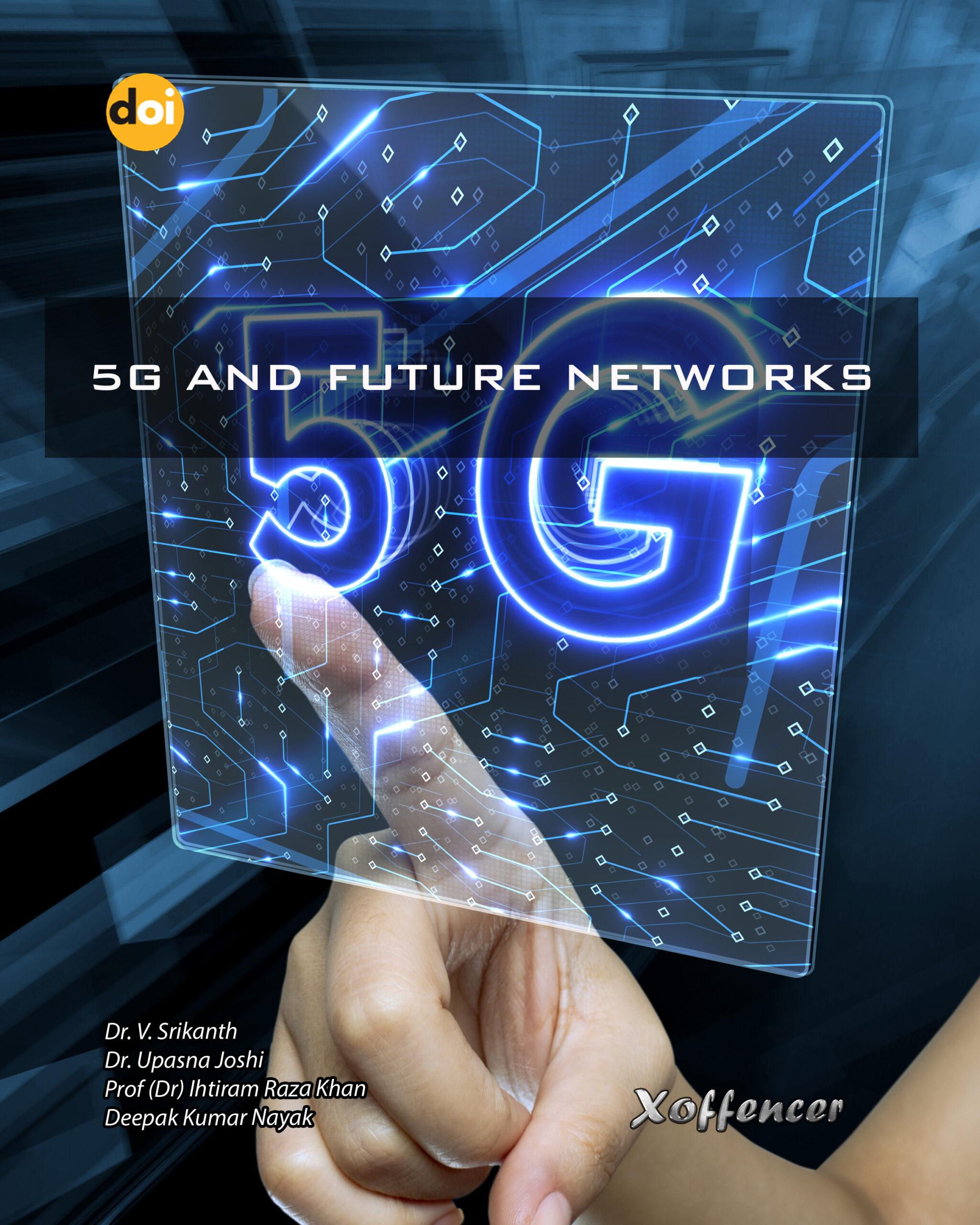
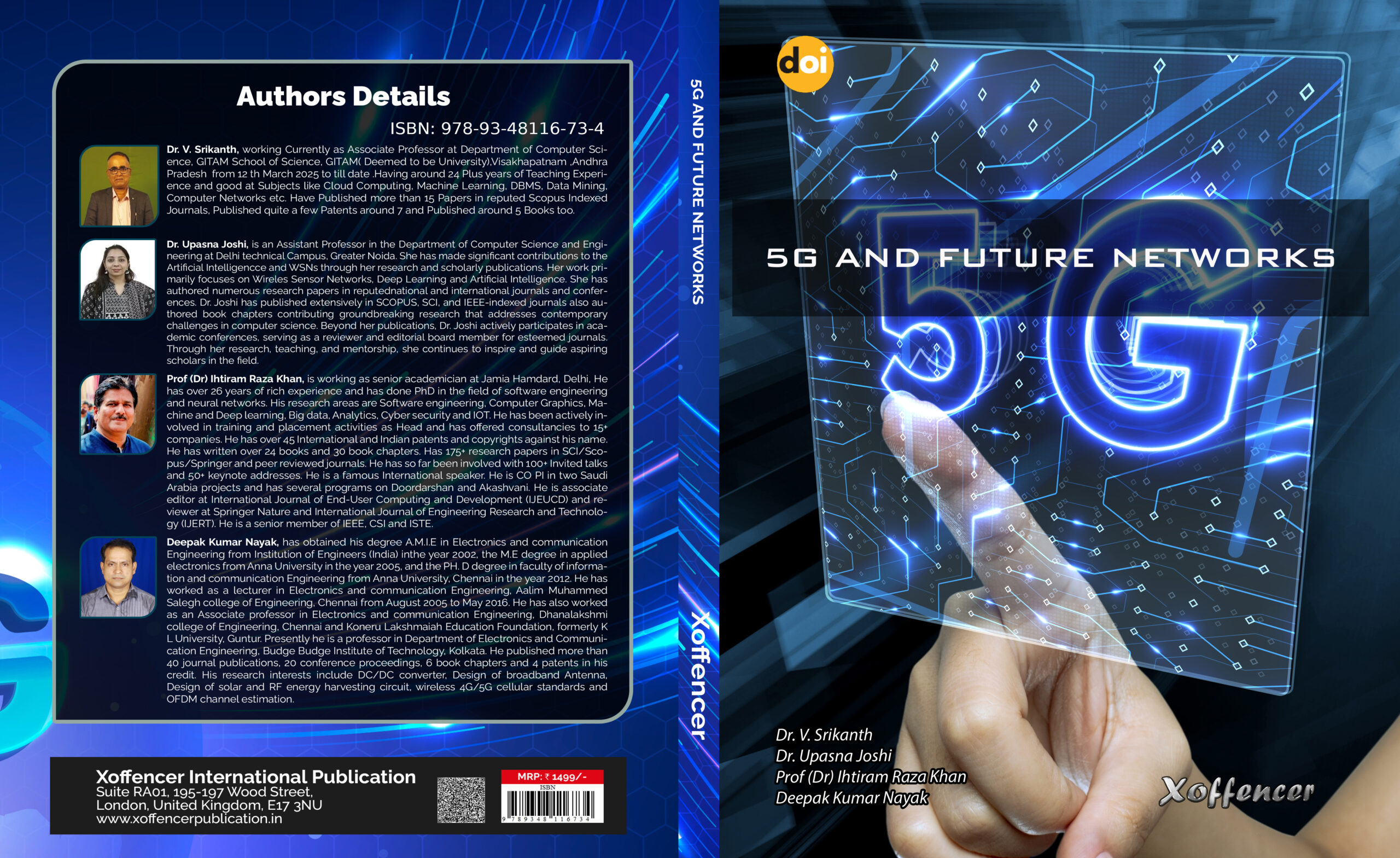

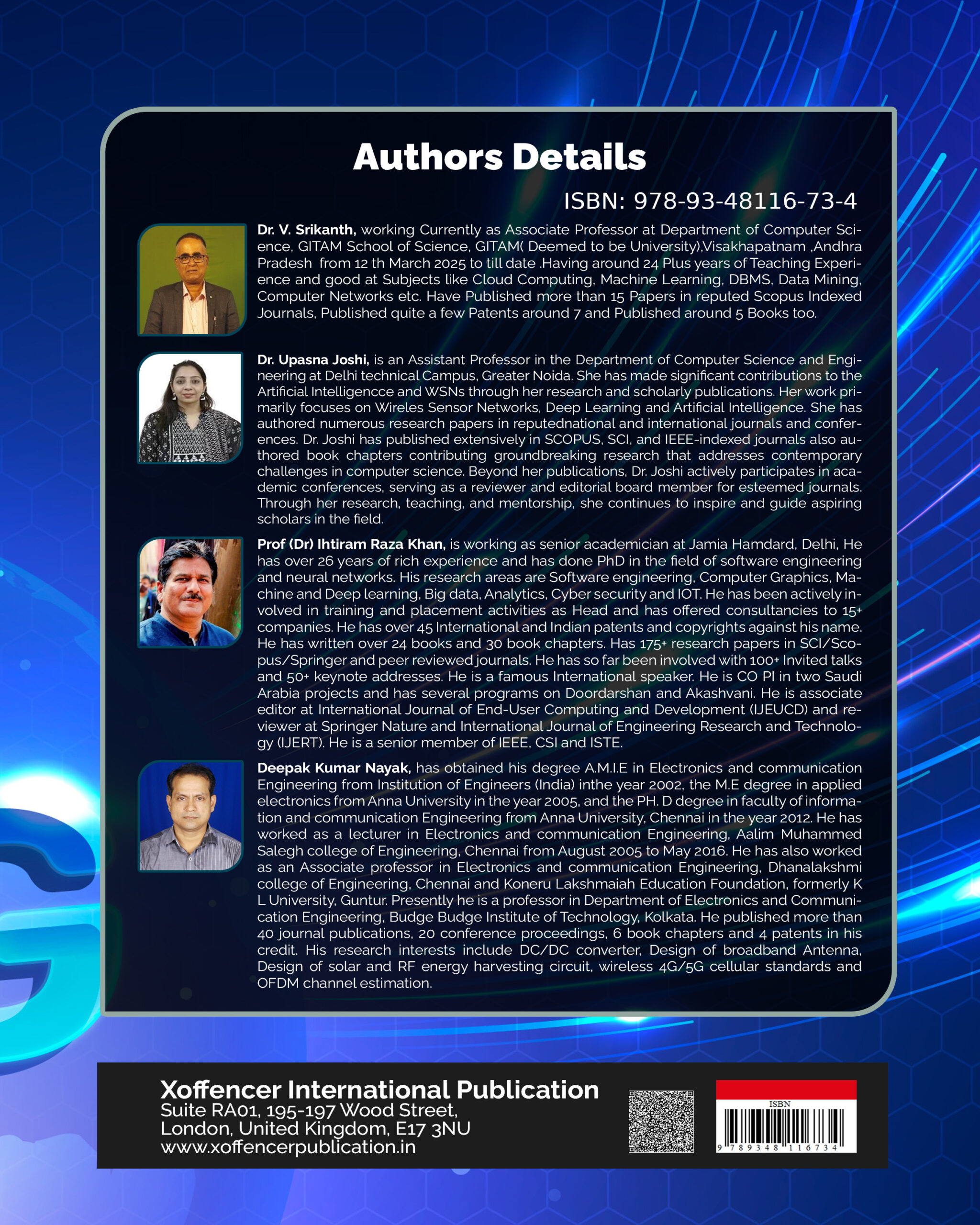

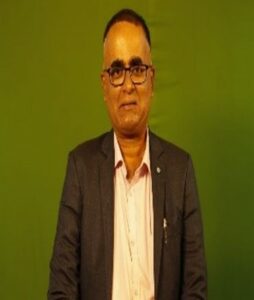


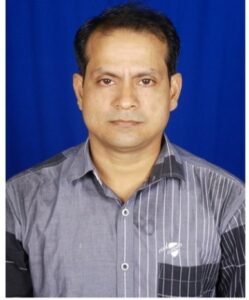

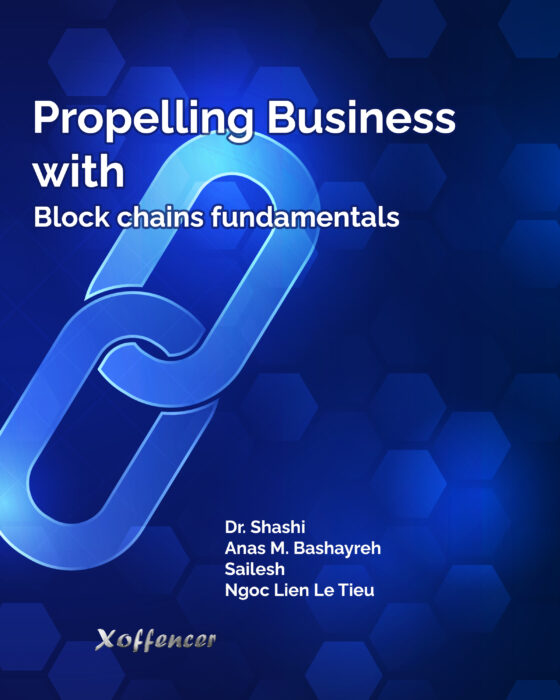

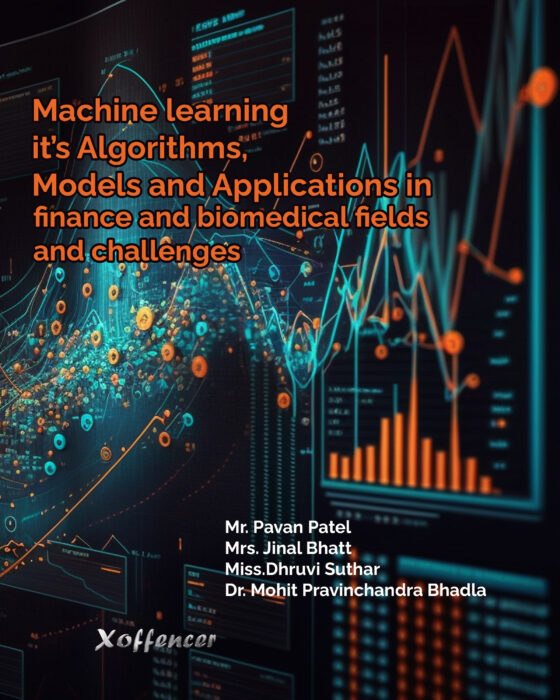
Reviews
There are no reviews yet.